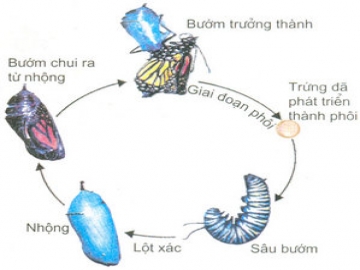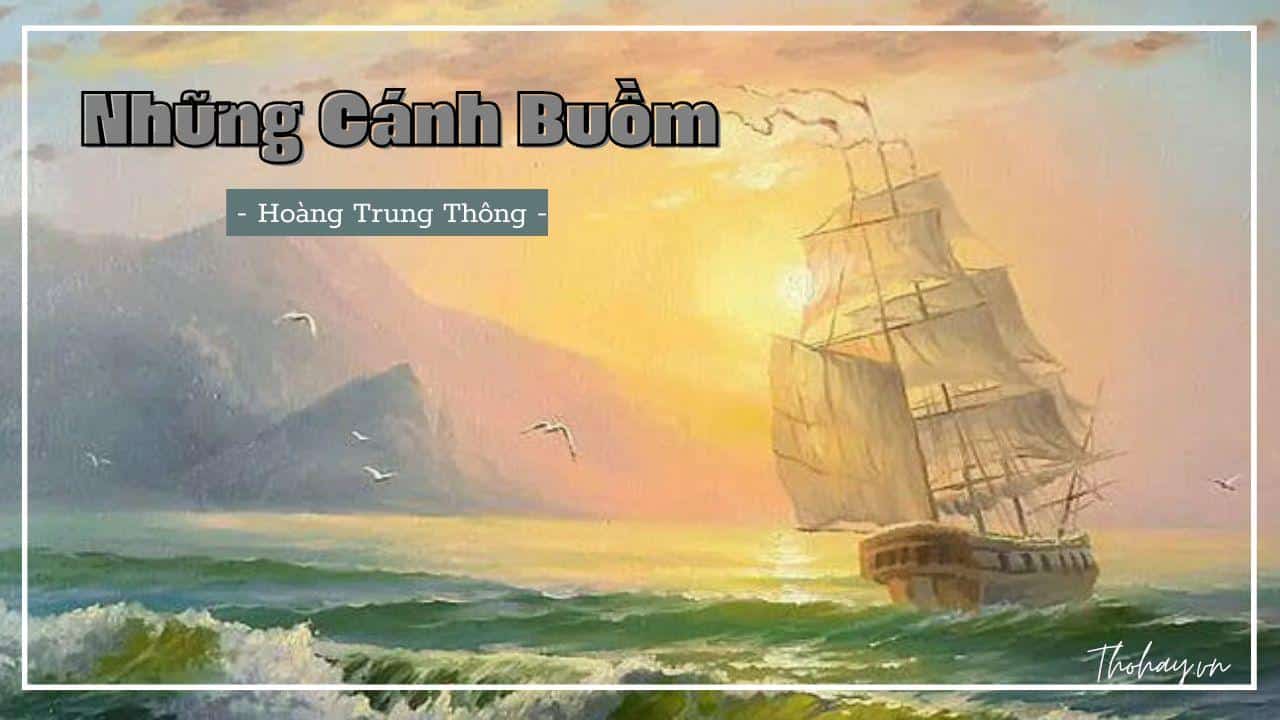Câu hỏi: Read the following passage and mark the letter A, B, C, or D on your answer sheet đồ sộ indicate the correct answer đồ sộ each of the questions from 44 đồ sộ 50
If you go back far enough, everything lived in the sea. At various points in evolutionary history, enterprising individuals within many different animal groups moved out onto the land, sometimes even đồ sộ the most parched deserts, taking their own private seawater with them in blood and cellular fluids. In addition đồ sộ the reptiles, birds, mammals and insects which we see all around us, other groups that have succeeded out of water include scorpions, snails, crustaceans such as woodlice and land crabs, millipedes and centipedes, spiders and various worms. And we mustn’t forget the plants, without whose prior invasion of the land, none of the other migrations could have happened.
Moving from water đồ sộ land involved a major redesign of every aspect of life, including breathing and reproduction. Nevertheless, a good number of thoroughgoing land animals later turned around, abandoned their hard-earned terrestrial re-tooling, and returned đồ sộ the water again. Seals have only gone part way back. They show us what the intermediates might have been lượt thích, on the way đồ sộ extreme cases such as whales and dugongs. Whales (including the small whales we Điện thoại tư vấn dolphins) and dugongs, with their close cousins, the manatees, ceased đồ sộ be land creatures altogether and reverted đồ sộ the full marine habits of their remote ancestors. They don’t even come ashore đồ sộ breed. They bởi, however, still breathe air, having never developed anything equivalent đồ sộ the gills of their earlier marine incarnation. Turtles went back đồ sộ the sea a very long time ago and, lượt thích all vertebrate returnees đồ sộ the water, they breathe air. However, they are, in one respect, less fully given back đồ sộ the water than thở whales or dugongs, for turtles still lắc their eggs on beaches.
There is evidence that all modem turtles are descended from a terrestrial ancestor which lived before most of the dinosaurs. There are two key fossils called Proganochelys quenstedti and Palaeochersis talampayensis dating from early dinosaur times, which appear đồ sộ be close đồ sộ the ancestry of all modem turtles and tortoise. You might wonder how we can tell whether fossil animals lived in land or in water, especially if only fragments are found. Sometimes it’s obvious. Ichthyosaurs were reptilian contemporaries of the dinosaurs, with fins and streamlined bodies. The fossils look lượt thích dolphins and they surely lived lượt thích dolphins, in the water. With turtles it is a little less obvious. One way đồ sộ tell is by measuring the bones of their forelimbs.
It can be inferred from the passage that _______.
A. it’s clear đồ sộ determine the living places of all species through the fragments found
B. the body toàn thân features of the fossil animals help scientists đồ sộ distinguish the terrestrial and marine species
C. turtles’ ancestor and dinosaurs became extinct contemporarily
D. the fossils of turtles and tortoises might have the similar appearances with dolphins
Giải thích:
Có thể suy đi ra kể từ đoạn cuối rằng:
A. rất rõ ràng ràng nhằm phân biệt điểm sinh sống của toàn bộ những loại trải qua những miếng vỡ được nhìn thấy.
B. Điểm lưu ý khung hình của những động vật hoang dã hóa thạch canh ty những ngôi nhà khoa học tập phân biệt được loại sinh sống bên trên cạn và dưới
nước.
C. tổ tiên loại rùa và khủng long thời tiền sử tuyệt diệt nằm trong thời.
D. hóa thạch của rùa cạn và rùa biển cả rất có thể sở hữu nước ngoài hình giống như với cá heo.
You might wonder how we can tell whether fossil animals lived in land or in water, especially if only fragments are found. Sometimes it's obvious. Ichthyosaurs were reptilian contemporaries of the dinosaurs, with fins and streamlined bodies. The fossils look lượt thích dolphins and they surely lived lượt thích dolphins, in the water. With turtles it is a little less obvious. One way đồ sộ tell is by measuring the bones of their forelimbs.
Bạn rất có thể tự động chất vấn thực hiện thế này tất cả chúng ta rất có thể hiểu rằng là những động vật hoang dã hóa thạch này sinh sống bên trên cạn hoặc bên dưới nước, nhất là nếu như chỉ nhìn thấy được miếng vỡ của bọn chúng. thường thì điều này rất giản đơn thấy. Thằn lằn là loại nằm trong thời trườn sát với loại khủng long thời tiền sử, sở hữu vây và sở hữu dáng vẻ thuôn. Các hóa thạch nom tương tự cả heo và chắc chắn là chủng đang được sinh sống như cả heo Lúc sinh sống bên dưới nước. Với rùa thì điều này không nhiều rõ rệt rộng lớn. Một phương pháp để biết điều này là đo xương chi trước của bọn chúng.
Bạn đang xem: It can be inferred from the passage that .
Xem thêm: Hỗn số (tiếp theo) Toán lớp 5 hay, chi tiết.
Đáp án B.












Bình luận